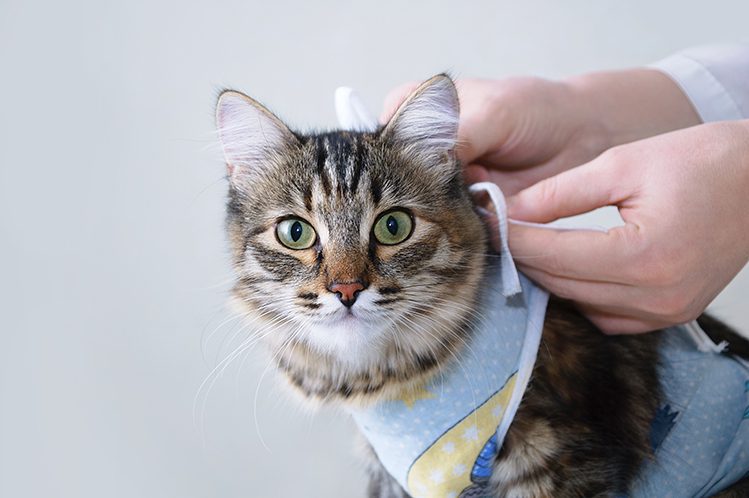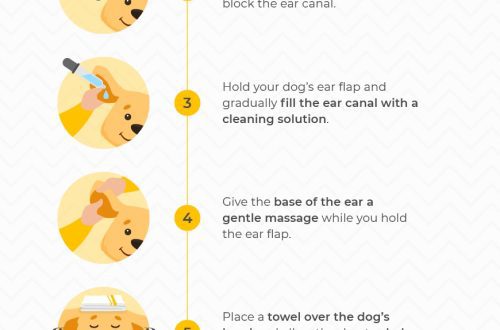
Neutering pets: 3 main myths, pros and cons
Veterinarian-reproductologist Kolyadina N.I. talks about three popular myths about sterilization, its pros and cons.
Pet owners often face the question of depriving their pet of reproductive function. Some without hesitation sterilize or castrate a dog or cat, while others are afraid of the potential harm of the operation and the long-term consequences after it. Let’s figure out what misconceptions exist about sterilization and how much benefit and harm from this procedure.
Let’s define the concepts.
Castration is the complete removal of the gonads in animals (testes in males or ovaries in females).
Sterilization is a violation of reproductive ability while maintaining the gonads. For example, ligation of the ducts of the genital glands, the introduction of sclerosing drugs, the use of hormonal drugs of prolonged action. Sterilization can be reversible or irreversible.
Let’s dispel three of the most popular myths about sterilization.
- Myth #1: A dog or cat must give birth at least once in their life for health. Only then can it be sterilized.
No living creature gives birth for health. For dogs and cats, pregnancy and childbirth is a physiological process for the reproduction of their own kind with the expenditure of strength and energy during pregnancy, childbirth, and feeding offspring.
There is no disease that can prevent pregnancy.
If the pet does not represent a high breeding value, it is better to castrate it when it reaches physiological maturity. It is important not to postpone the operation until the old age of the pet. As pets age, they already develop chronic diseases and, accordingly, the anesthetic risk may be higher. Also, with age, the percentage of pathologies of the reproductive organs increases. The operation is carried out according to indications with possible major complications.
- Myth #2: Four-legged will definitely gain weight after surgery.
Spayed or neutered pets need less nutritious food, and owners continue to feed their tailed friends. Weight gain is not associated with the operation, but with an unbalanced diet and a sedentary lifestyle. Adjust the nutrition of the pet, then everything will be fine.
- Myth #3: Sterilization is against nature.
Animals do not endow childbirth with such a moral and ethical component as people do. In dogs and cats, sexual desire is at the level of instincts.
It has been proven that spayed and neutered quadrupeds live much longer, and the percentage of occurrence of certain diseases decreases significantly.
It will be easier for owners to coexist with their four-legged pets who do not show sexual instincts. Sexual arousal in cats, for example, increases in the spring, with the addition of daylight hours. The cat can show excitement for quite a long time with characteristic cries. Therefore, the number of castrations in veterinary clinics increases markedly in the spring.

Advantages of sterilization:
Cessation of sexual hunting.
Prevention of false pregnancy (in dogs).
In certain pets, the temper becomes more docile, there is no aggression.
Prevention of escape and vagrancy. The pet will not get off the leash or try to run away from home in search of a mate.
Prevention of certain oncological diseases, inflammatory and other pathologies of the reproductive organs, directly dependent on the level of sex hormones.
Lack of offspring in animals, for example, with genetic diseases. The birth of obviously sick individuals is excluded.
Cons of sterilization:
The need for surgical intervention in the body and the risk of complications after the procedure.
Risk of urinary incontinence caused by bladder sphincter dysfunction. According to statistics, it occurs more often in dogs of large breeds.
Neutering or castration are humane measures for the responsible maintenance of pets.
To minimize the risks, you should contact your veterinarian and discuss both the pros and cons of the procedure for your pet, taking into account the age, breed and weight of the pet. And also choose the correct timing of the operation, depending on the stage of the sexual cycle and the volume of the preoperative examination.
Author of the article: Kolyadina Natalya Ivanovna, Ph.D., veterinary reproductive specialist, andrologist at the Medved and Kovcheg clinics.





